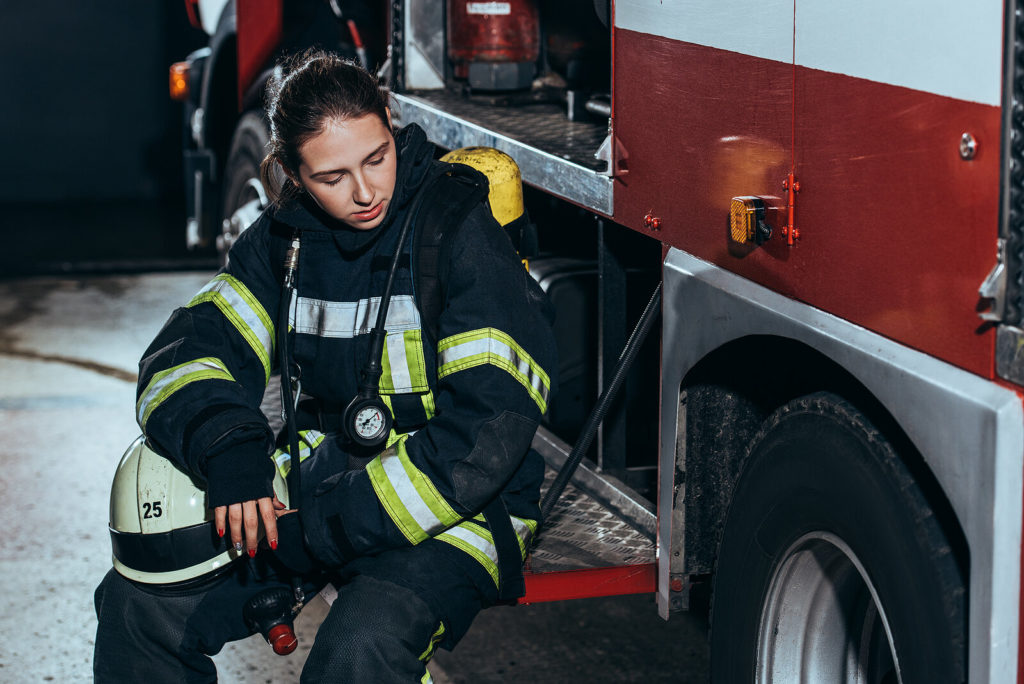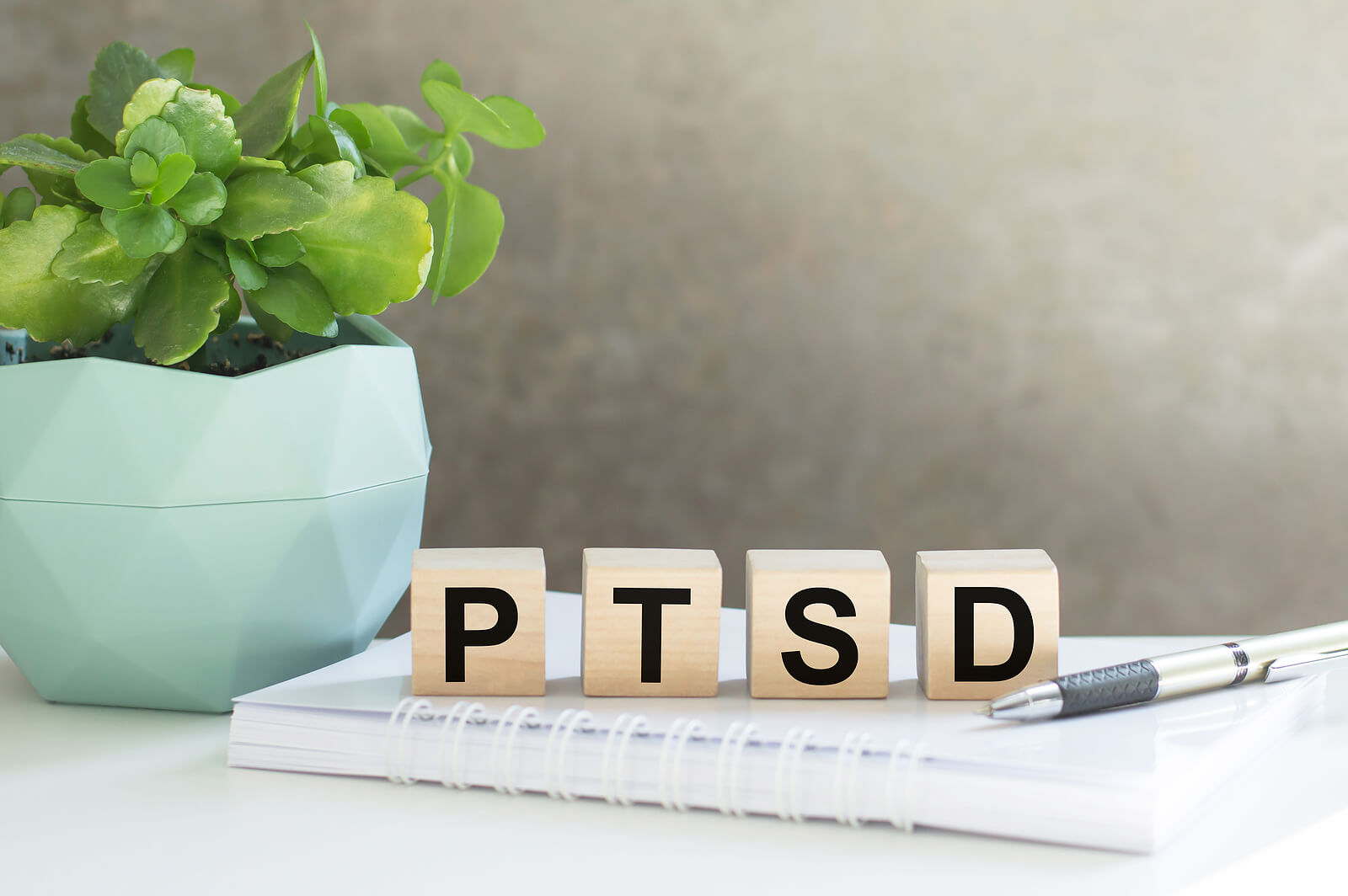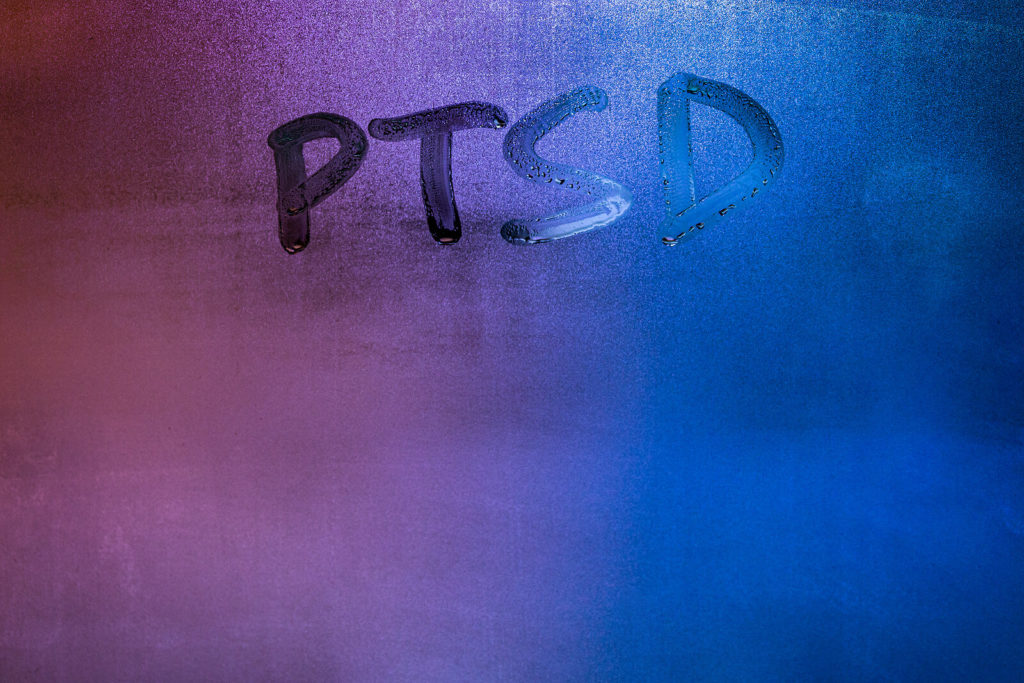Almost everyone is exposed to some form of trauma in their lifetimes, and most of the time, we will recover naturally. Sometimes though, folks won’t recover fully and may develop Post-Traumatic Stress Disorder, or PTSD. Let’s talk a little about what that means.
PTSD Symptoms Broken Down
Let’s start with the first half of that acronym, the “P” and the “T,” or “Post-Traumatic.” This just means after the trauma. So, what is trauma? Well, societally, trauma can mean a wide range of things. However, within the context of PTSD, this is more clearly defined. Traumas that can lead to PTSD include exposure to death, threatened death, actual or threatened serious injury, childhood trauma, or actual or threatened sexual violence.

You may directly experience the trauma or witness it occurring to others. Or, you may learn that something traumatic happened to a close friend or relative. Further, you may indirectly be exposed to aversive details of the trauma as part of your job. This can frequently be the case for medics, firefighters, police officers, etc.
Now that you understand the types of trauma that can lead to PTSD, let’s talk about the last part of that acronym, the “S” and the “D,” or “Stress Disorder.” Stress, while a very subjective term, becomes a disorder when a person cannot recover from a stressor and it overwhelms their ability to adapt or cope. If these symptoms of PTSD last longer than a month, and if it starts causing impairment in your daily functioning, it is recognized more as a “disorder.” Our online therapists in Ohio and Kentucky can help.
How do you know if it’s PTSD?
As an experienced PTSD therapist, I understand that many people go through super stressful situations that may not be captured above. This doesn’t minimize your pain nor invalidate your experience. It means that it can affect you significantly, but that it may manifest differently than PTSD. This is important to note because understanding the difference will result in an accurate diagnosis and ensure you get the most effective and appropriate treatment for what you are dealing with.
While the word “disorder” can make some people cringe or feel stigmatized, I encourage you to think of it as just a way to define a problem. “Disorder” just means it’s messing with your ability to live your day-to-day life. Oh yeah, and not all disorders are life-long, but that’s for a future blog post. 😉
Categorizing Your PTSD Symptoms
There are four different categories of PTSD symptoms and people with PTSD will have some symptoms in each category. Symptoms can take on many different combinations and presentations. These categories can look like…
-
Perhaps you’re re-experiencing a past trauma. This could be by having upsetting and unwanted memories, nightmares, flashbacks, getting emotionally upset if triggered by a trauma reminder, or having physical reactivity (breathing changes, heart rate changes, etc.).
-
You are avoiding trauma-related thoughts, feelings, people, places, or activities because somehow it may remind you of trauma.
-
Internally, your thinking is more negative following trauma, and you experience a more negative emotional state. Maybe you blame yourself, think negatively of yourself and the world around you, are not as interested in activities you used to be, feel more disconnected from others, or have trouble feeling positive emotions.
-
Experiencing more hyper-arousal symptoms, like more irritability, aggression, risky behavior, being more on-guard or hyper-vigilance, trouble concentrating, and problems sleeping.
Not everyone with PTSD has every single symptom. It will look different person to person, trauma to trauma. However it looks, PTSD symptoms will cause significant issues overall in a person’s life- perhaps at work, school, or in relationships.
Recovery is Possible: PTSD Treatment in Ohio can help You
What I hope you take from this blog post is that while PTSD is a big deal, it’s not this amorphous “thing.” While people tend to hate labels, clearly understanding what’s going on can be relieving on its own. And, it is the first step in getting rid of PTSD symptoms and treating the disorder altogether.
PTSD is a treatable condition, and know that therapists specializing in the field constantly strive to identify the best and most effective ways to treat it. Remember, there is hope for you. Consider seeking PTSD treatment today to start healing.
 BEGIN PTSD TREATMENT IN OHIO OR KENTUCKY
BEGIN PTSD TREATMENT IN OHIO OR KENTUCKY
I get it. PTSD sucks. But, it is a highly treatable condition. And, I am here to help. If you’re at a point where you are considering therapy for your PTSD symptoms, it’s probably safe to bet you’re struggling to manage day-to-day. I’m also willing to bet that you’d like some relief and to know that someone can help you find it.
The PTSD therapists at my therapy practice in Ohio use evidence-based strategies to help reduce and eliminate your PTSD symptoms. Our services are available online to those in Ohio and Kentucky. If you are ready to get support, follow the steps below to get started.
-
Meet with a PTSD therapist to discuss your needs and goals for PTSD treatment
-
Take back control of your PTSD symptoms and live in the present once again
OTHER SERVICES AT THRIVE THERAPY
Here at our Ohio-based counseling practice, our therapists have an extensive understanding of PTSD. We help folks who are survivors of sexual assault and childhood trauma overcome those traumas and PTSD symptoms. Additionally, we help first responders navigate and overcome PTSD. It is our greatest honor to help those who have suffered in silence find support, connection, and recovery in PTSD treatment.
You got this. I know you do.


